Similar Posts
This text is not just an article – it’s also a call for a combined effort. We invite you to support our documentary film the on Svaneti frescoes and the dedicated people who maintain them. Help us to preserve Svaneti’s invaluable treasures of Orthodox Christianity for centuries to come.
Georgian church art reflects exceptional artistry and skill in both painting and embossing technique. Stunning in the flickering light of candles and oil lamps, Svaneti’s heritage of exquisite beauty is little known outside the region. We will film the most distinctive representations of regional Svaneti churches, interviewing their caretakers and community members, so that people all over the world can appreciate the magnificent gifts of Svaneti frescoes and church art.
In 2022, my wife, Olga, and I moved to Tbilisi, Georgia, from our home in Saint Petersburg, Russia, after the invasion of Ukraine. As iconographers living among the Georgian people, we have made it our mission to make monthly visits to different regions of Georgia to admire its medieval churches and view their frescoes, icons and carved reliefs.
Svaneti—a mountainous region dotted with ski resorts and hiking trails—is also particularly rich in medieval Orthodox art dating back to the 10th to 14th centuries. Unlike most churches around the world, for centuries Svaneti’s churches have belonged to local families, each designating a family member as caretaker. The Svan community is very guarded—they will not open their churches to visitors unless or until they deem them trustworthy. Some church doors sport new modern locks, while others are secured with relics from the Middle Ages; caretakers open them with a dedicated prayer, noting each visitor. If a stranger should enter a church unallowed, the news will spread like wildfire, with a dozen armed men descending on the spot to warn of serious repercussions if the violator fails to observe local rules.
We hope to be able to film them in their natural environment, conveying the richness of materials and textures. The people of this region, known as the “Svans” were long independent, immune to rule by outside emperors or monarchs, from whom the forbidding landscape protected the people and lands. Access to Svaneti remained limited until very recently both because there were no passable roads (just paths), but also because the surrounding canyons (Martvili, Balda, Kirzala) exposed any invading army to vulnerability and all but certain defeat trying to cross treacherous gorges from below, while the region’s protectors watched armed and ready in Svaneti’s highlands. This kept the Svans safe, and their treasures largely unknown, with the notable exception of several icons from Svaneti located at the monastery of Saint Catherine on Mount Sinai.
However, the cumulative effects of extreme climate conditions now threaten the churches and their precious contents. Despite several efforts, both in Soviet times and more recently, to restore Svaneti’s historic churches, the majority are in dire need of repair. Some Svan families have acted to protect some of the removable objects by removing them for safe keeping in the recently renovated Museum in Mestia. Notably, many of these objects do not belong to the State of Georgia, but are on loan from the families who still own the churches and their contents. The museums of Mestia and of Ushguli now house dozens of icons, both painted and adorned with silver rizas, or “revetments,” plus hundreds of other artifacts dating to the 10th to 16th centuries.
Visiting Svaneti a second time last year, Olga and I were fortunate to gain entry to many churches, together with a film director, Alla Savina, in hopes of gaining access that would enable us to convey our love for Georgia and Svaneti’s church treasures by featuring them and their caretakers in a documentary film. We plan to return for seven days on October 20, 2024 with Ms. Savina and a professional film crew of others who cherish medieval church art, and to capture the rare beauty of several area churches, highlighting the dedication of their owner-families, two priests, and the cultural and spiritual riches of the Mestia Museum.
The medieval art of Svaneti is unique in its variety of styles and schools. Svans converted to Christianity in the VIII century, and we can still see some of the earliest churches in their almost intact state and frescoed soon thereafter. The most famous Svaneti artist, Tevdore, is known to have painted at least three churches in the 12th century, still in comparatively good condition. We will film his works and other artists of his circle, as well as other frescoes often overlooked by professional iconographers. Most of these latter images were painted between the 14th and 17th centuries by local artists who had little or no formal training yet possessed exceptional powers of artistic expression. Untouched by conventionality, their unique character and expressiveness points to a most inspiring aspect of Christian art.
We seek donations to cover travel, accommodations, and filming costs for our crew of five, who have received all requisite permissions for access to Svaneti’s churches and the Mestia Museum.
Our cost estimates are as follows:
Accommodation and food 5 persons x 6 days & nights x $30 = $900
Film director airplane tickets Moscow-Tbilisi-Moscow = $500
Operator #1 Honorarium 6 days x $150 = $900
Operator #2 Honorarium 6 days x $50 = $300
Video Cameras + Lenses + audio recorder rental = $300 x 7 days = $2100
Transport expenses 800 miles (gas) = $200
TOTAL: $4900
To gather the money we use this platform: https://gogetfunding.com/filmsvaneti/. Any size donation will be appreciated, even one dollar will help.
Please provide your email so we can keep you posted on this project and its progress.
Thank you for any help!
Yours sincerely,
Philip Davydov
This text was kindly edited by Valerie Wattenberg and Andrew Gould
P.S. Our crew:
Film Director: Alla Savina
Two latest films (in Russian):
A Day of an Artist (documentary)
Lyonechka (live-action)
Detailed portfolio is available upon request.
Cameraman #1: Theodor Gerlein
Cameraman #2: Denis Emelin
Executive Producer: Giorghi Meskhi
General Producer: Philip Davydov

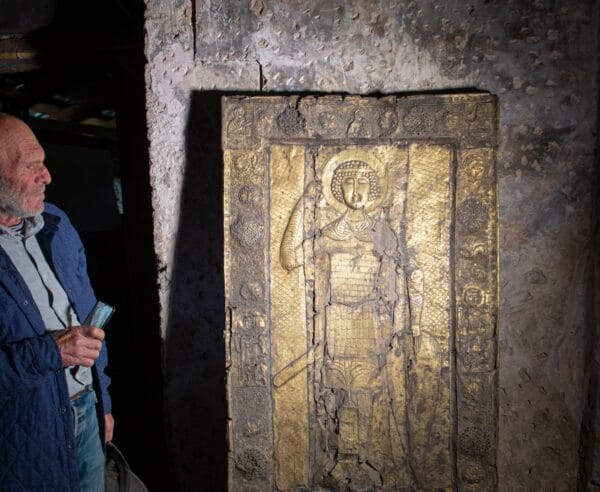
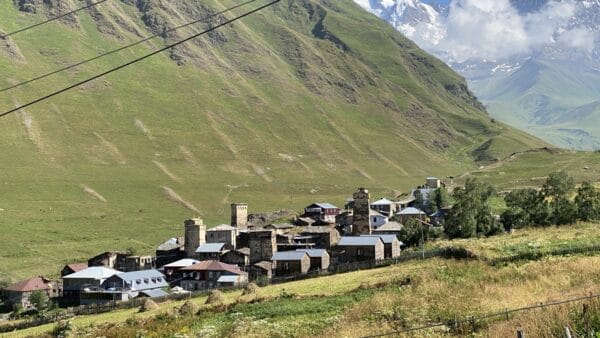
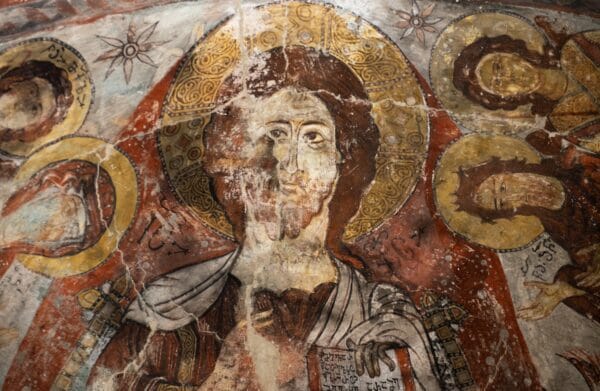
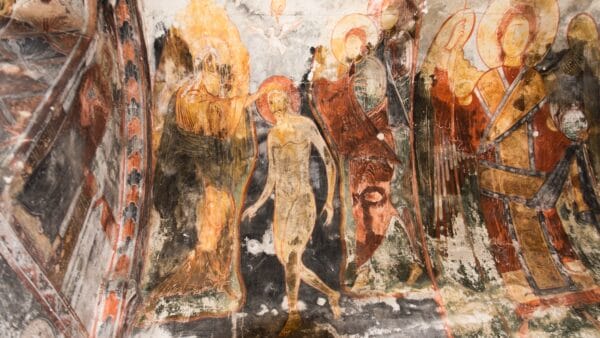
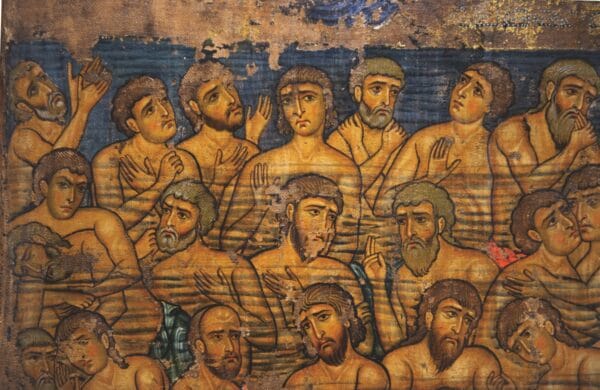
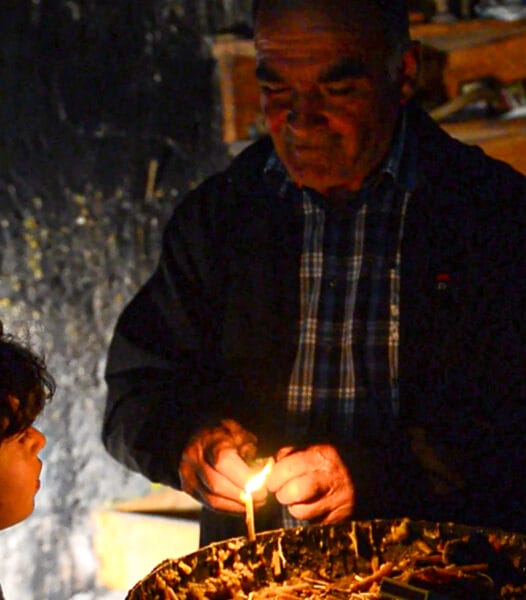
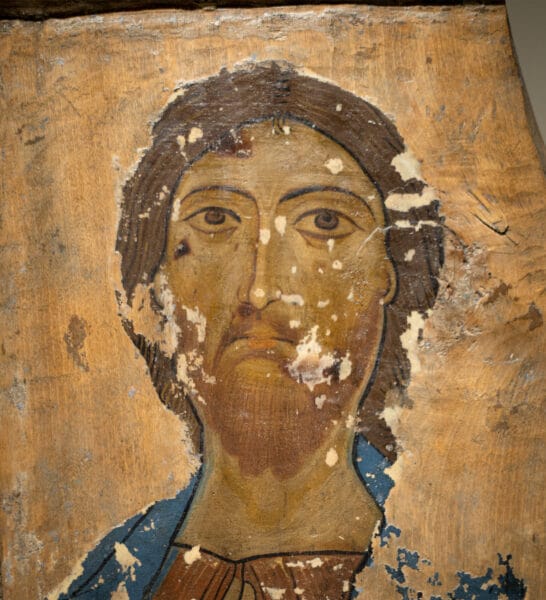
Thank you for your efforts on behalf of the heritage of these Georgian people. I will make a donation.
Dear Liz,
Thank you very much! I am hoping very much that we will be able to make a good thing and to attract more attention to cultural heritage of Georgia. The main goal is to preserve these unique things for the future, so I believe we can do it with our film.
May God bless you for your help!
MORE THAN 80%!!!
Dear friends,
We thank you dearly for your invaluable support! You have gathered more then 80% of the money we need to start filming, so we hope it will be possible to gather the rest!
https://gogetfunding.com/filmsvaneti/
From one of the donors, we have received a very inspiring proposal to fund restoration of one or more Svaneti churches. From our side we will do our best to connect this person with the representatives of Mestia museum and Svaneti families.
In the nearest days we will establish the concrete days for our trip and book the place for our stay. Our trip is just around the corner, – it’s just a little more than a month.
We will keep you posted about all our news!
With gratitude,
Philip and Crew